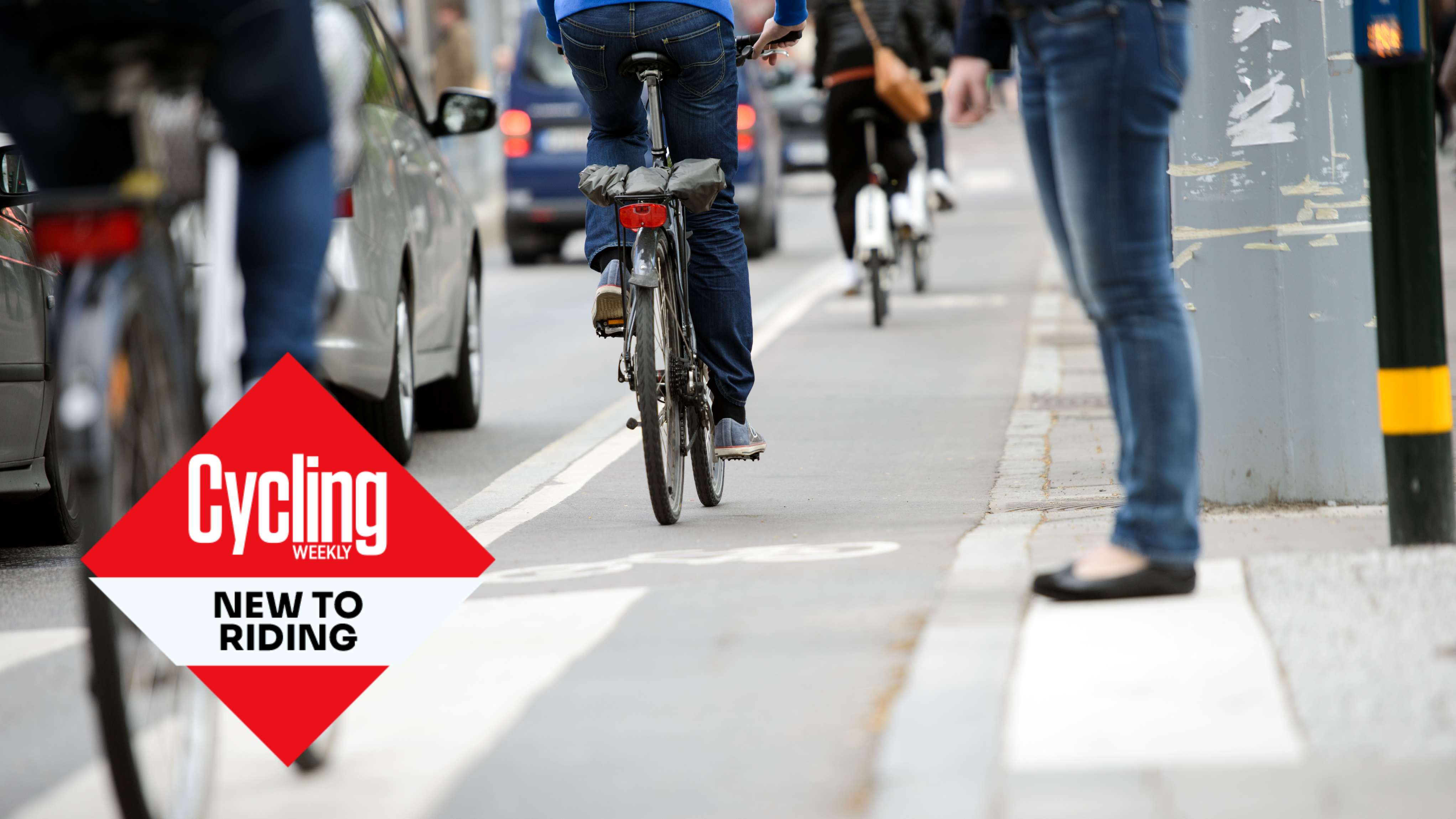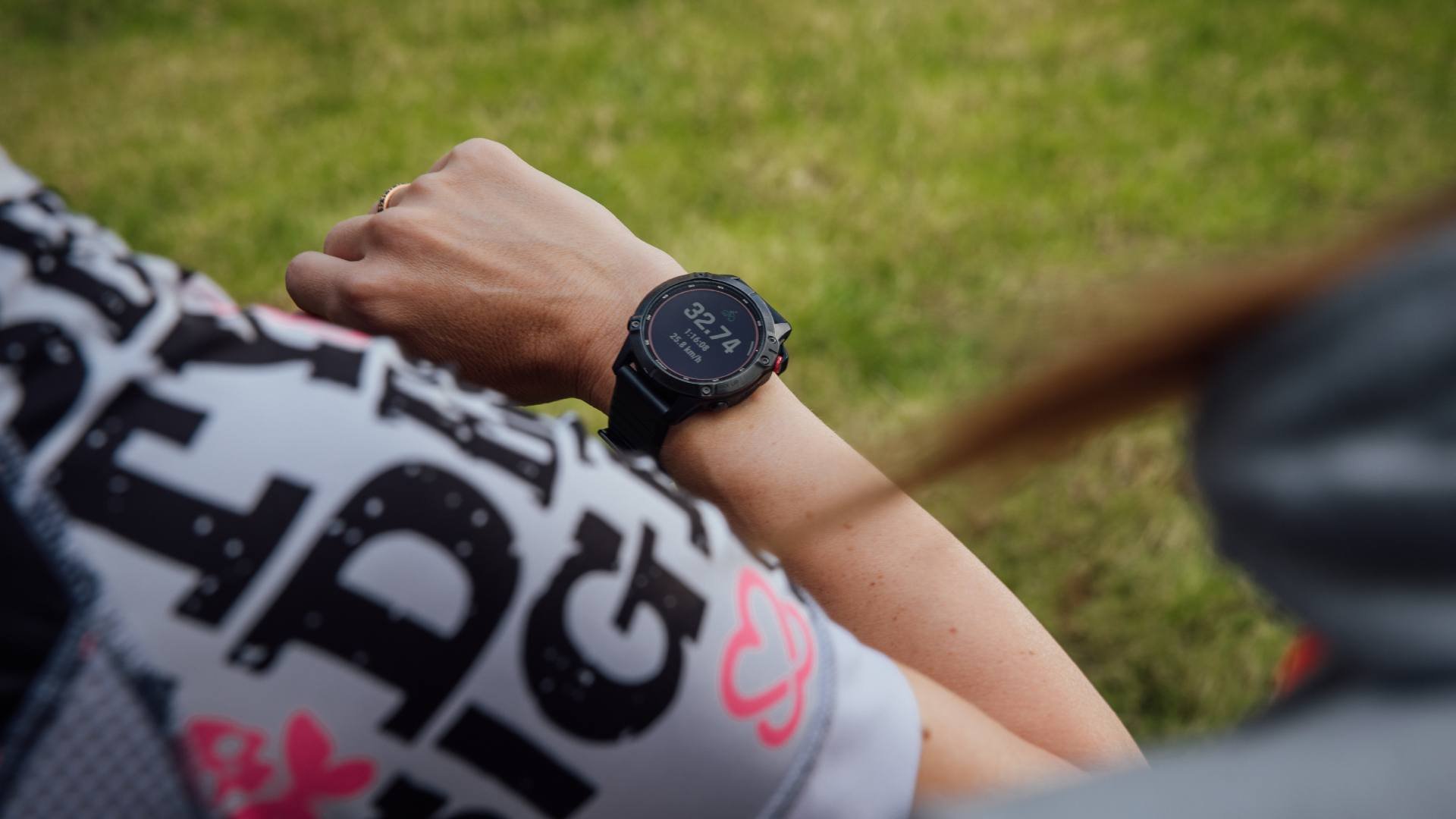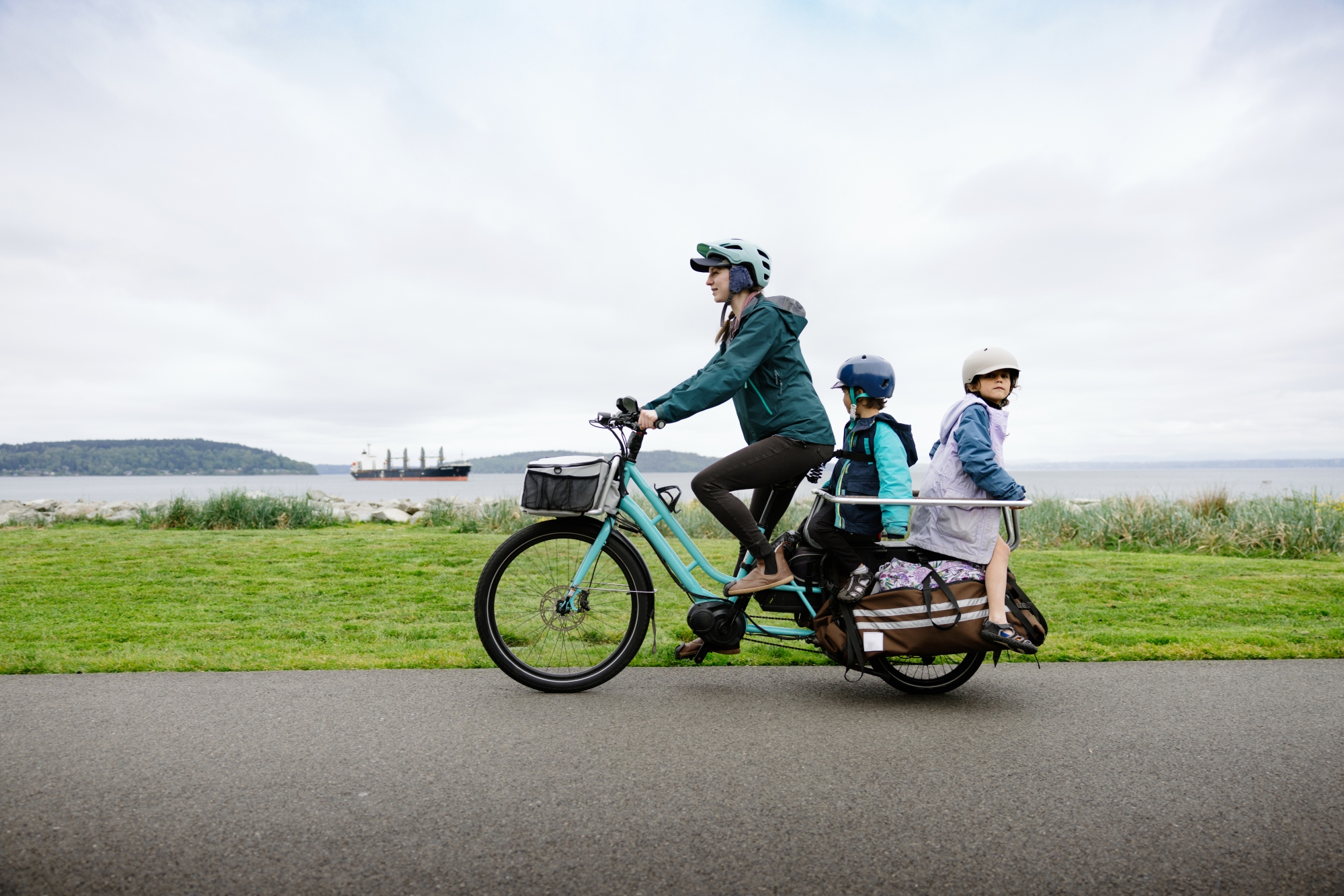
This article has been produced as part of our 'New to Riding' week, running from March 10 to March 17, with a special focus on tips, tricks and inspiration for new riders.
I have a ten-mile journey to work. There is no public transport where I live so the options are limited to walking, cycling or taking the car. Add to that the time crunch of having to drop a child at school, and the options reduce further. Ten miles is too far to walk and time-consuming, and I’m too slow on an unassisted bike to get to work on time, so up until recently, I opted for the car. Then - I got an e-bike. With the assistance of the electric motor and the option to increase the power if needed, I can guarantee the length of my journey so I’m never late to work.
As a former competitive racer, I’ve still found that having an e-bike has been transformative for my health; instead of sitting in a car for 40 minutes a day, I now spend a little more than an hour exercising instead. Granted, it is not as much exercise as riding an unassisted bike, but it offers a time-efficient boost to fitness and changes a sedentary office day into one that is physically active and rewarding.
How many calories does walking burn, vs riding a bike?
Walking, cycling and e-cycling count as moderate-intensity exercise and are highly effective in enhancing cardiovascular health. They foster improved heart health, increased endurance, and better metabolism.
Weight loss from cardiovascular exercise is dictated, in simple terms, by calorie burn. According to Bupa calculator, walking 1 mile (20 minutes) at a ‘transport’ pace, will burn 50 calories. Cycling that same mile, at 12-13mph - taking five minutes - would burn 40 calories on an unassisted bike (we’ll come to the effect of the motor later).
However, to get more exercise, you need to go further; that 10-mile walk would take over three hours, vs a more achievable 50 minutes on the bike. When we come to compare walking and cycling, taking into account only the time allowance, cycling for 20 minutes (at 12-13.9mph) burns 160 calories, vs the 50 calories for walking, making cycling the winner.
Given that an e-bike offers assistance, this calorie burn would be reduced if the same speed was maintained. However, e-bikes do not pedal themselves, the calorie burn will be dedicated by the mode the rider chooses to use - quality e-bikes will provide a low-power mode with less assistance and a high-power mode for more - and the speed they ride at, both factors influencing the intensity and thus calorific expenditure.
In my experience of using an e-bike I can achieve similar heart rates, calorie burn and ‘exercise minutes’ as recorded by a fitness watch whether I am on an e-bike or unassisted bike, the difference is that on the e-bike you go further in the same time frame, useful for commuting or enabling adventures further afield. Riders seeking to take off some of the physical load may choose to ride more slowly, at a lower heart rate, and that will impact calorie burn.

A systematic review of the health benefits of electrically assisted cycling showed that “e-cycling provided the physical activity of at least moderate intensity, which was lower than the intensity elicited during conventional cycling, but higher than that during walking.” Whilst walking may burn more calories per mile, due to the weight-bearing nature, some people may find they can up their intensity - thus calorie burn - more easily on the bike, and an e-bike makes this more accessible.
E-bike rides may be more adaptable
E-bikes carry some additional benefits over walking. Firstly, the lack of weight-bearing, coupled with the assistance of the motor, makes the activity more accessible to more people - including those who may struggle with the physical demands of walking long distances. A further benefit of the e-bike is that you can choose how much assistance you need, helping you to adapt your exercise to your current fitness levels. On the flat, opting for ‘eco’ mode means you are doing the majority of the work, using a little bit of ‘boost’ on a hill will mean you are contributing proportionally less than the motor but still stressing your cardiovascular system, which is far better than not tackling the hills at all! Non-assisted cycling and walking are the best choices, followed by using an e-bike, but all movement is better than none.
Muscle Engagement and Joint Health
E-biking allows for a degree of pedalling which engages muscles, particularly in the legs and core, that are used less intensely during walking. Furthermore, e-biking is non-weight bearing and has a lower impact on joints compared to walking, making it a good choice for those with joint pain, mobility problems or arthritis, and both walking and e-cycling develop balance and coordination. The only big tick that walking gets over e-cycling is that it is a weight-bearing exercise, which is beneficial for bone health.
Carrying capacity

Most walkers will be able to carry a backpack, and perhaps a child for a limited duration. However, an e-bike and especially an e-cargo bike makes heavy loads or transporting small passengers easy! An e-bike makes the extra weight negligible so I can comfortably transport a laptop, lunch and more within pannier racks, or do a food shop on the way home. Therefore, e-biking gets extra points for convenience, here.
E-bike versus walking: the bottom line
The choice between using an e-bike or walking ultimately depends on individual health goals, lifestyle, and personal preference. E-bikes offer an energy-efficient, joint-friendly option that can increase your daily activity and is especially appealing for long-distance travel. If an e-bike allows you to leave your car behind or skip public transport for several journeys a week, accumulatively, you will get more exercise, which is the type of behaviour seen in research.
Meanwhile, walking provides cardiovascular health benefits, costs nothing, and is the most environmentally friendly mode of transportation. While it is a great choice for short journeys, few people can walk more than a couple of miles at a time. The absolute bottom line is that moving more is good for you; whenever you have the chance to ditch motorised transport, take it.







